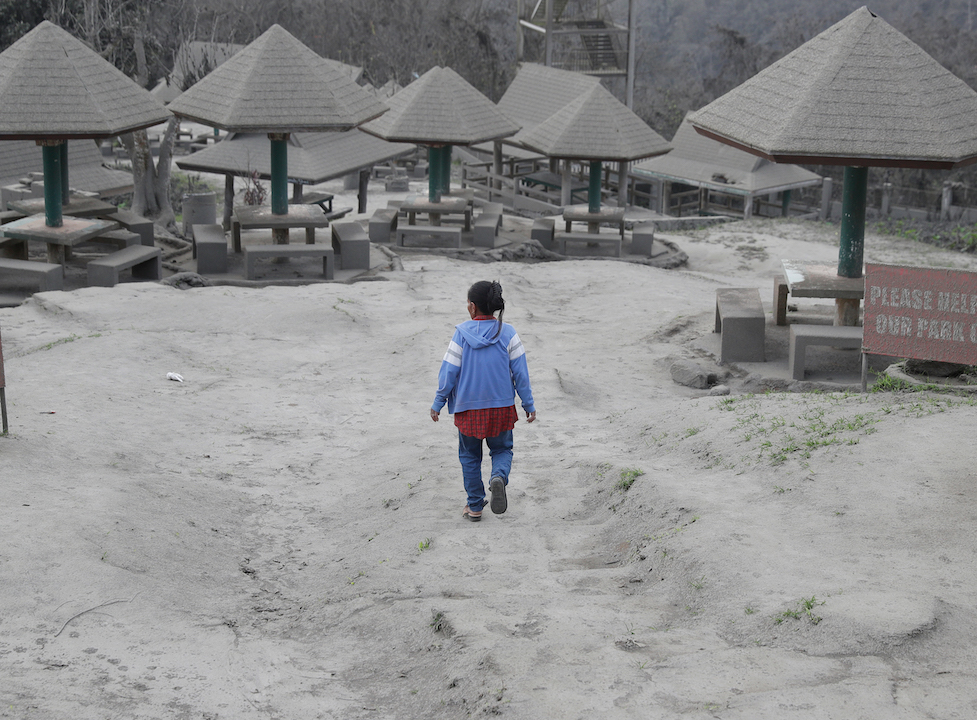The Taal volcano—the second most active volcano in the Philippines—erupted on Jan. 13, spewing a plume of ash and steam approximately 1 km into the sky and leading to the evacuation of an estimated 40,000 citizens.
The UN reported that as of Jan. 21, more than 271,000 people and 37,000 acres of agricultural land were affected. The estimated cost of damages and losses to agriculture and fisheries alone is $62 million.
Taal is situated on an island in Taal lake known as Volcano Island and is located approximately 40 miles south of the Philippine capital of Manila. Volcano Island has 47 craters, each created when magma came in contact with groundwater, creating an explosion.
The Philippine Institute of Volcanology and Seismology (PHIVOLCS) raised the alert status of the Taal volcano from a level 3 of magmatic unrest to a level 4 of hazardous eruption imminent at 5:30 p.m. Philippine Standard Time on Jan. 12. The volcanic unrest progressed into a magmatic eruption at 2:49 a.m. PhST on Jan. 13.
Starting on Jan. 12, PHIVOLCS strongly recommended the total evacuation within a 14-km radius of the Taal Main Crater as it has been identified as “high risk.” According to the UN, it is estimated that approximately 460,000 people live within the 14-km radius danger zone.
The eruption caused the Manila Ninoy Aquino International Airport to close overnight, canceling over 500 flights. The Philippine stock exchange also halted all trading on Jan. 13 in response to the volcanic eruption.
The eruption covered the island and the surrounding area with a layer of ash. PHIVOLCS stated that “fine ashfall can cause irritation and breathing problems…long-term exposure may be harmful to respiratory health.”
The Philippines Health Secretary Francisco Duque III stated that hundreds of villagers have been treated for respiratory infections, hypertension, diarrhea, skin lesions, flu and coughs in evacuation centers in relation to the eruption as reported by The Washington Post.
Tagaytay, a city mostly within the 14-km high-risk area, is a popular tourist spot for its cool climate and scenic views of Taal. The Washington Post reported that due to ash fall and eruption-related earthquakes, power went out throughout the city, affecting approximately 200 restaurants and 170 hotels.
According to PHIVOLCS, “the Philippine Seismic Network plotted a total of 731 volcanic earthquakes since 1:00 p.m., Jan. 12, 2020. 176 of these registered at magnitudes M1.2–M4.1 and were felt.”
Although the Taal volcano’s eruptions have calmed since the initial eruption, as of Jan. 23, continual seismic activity has kept Taal at an alert level 4, leaving residents uneasy about future eruptions.




